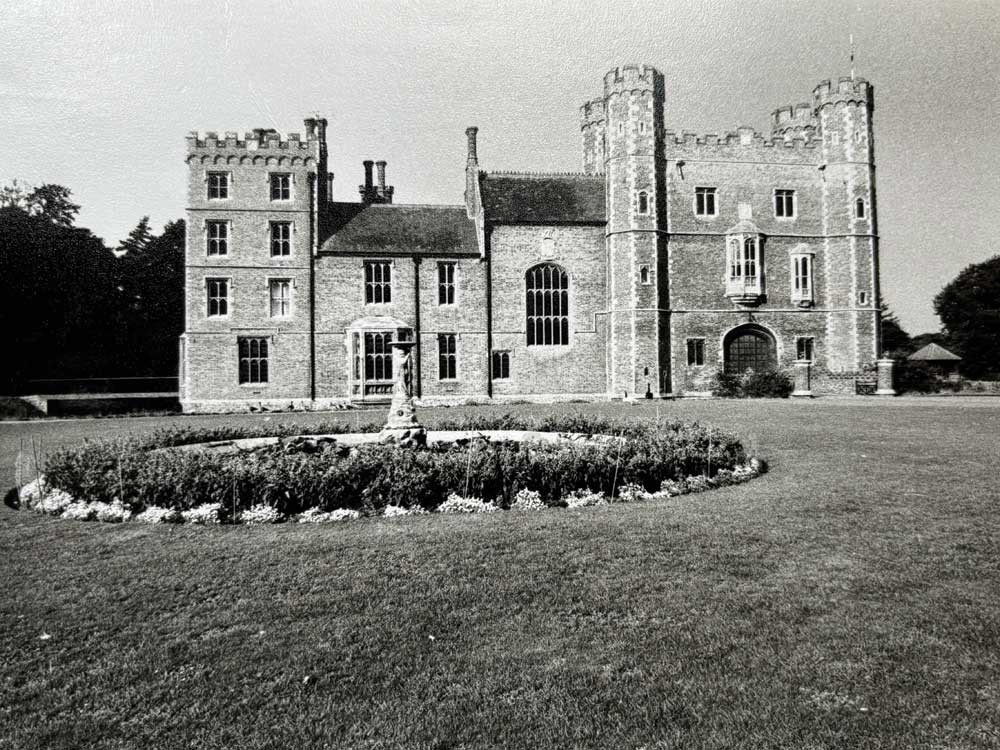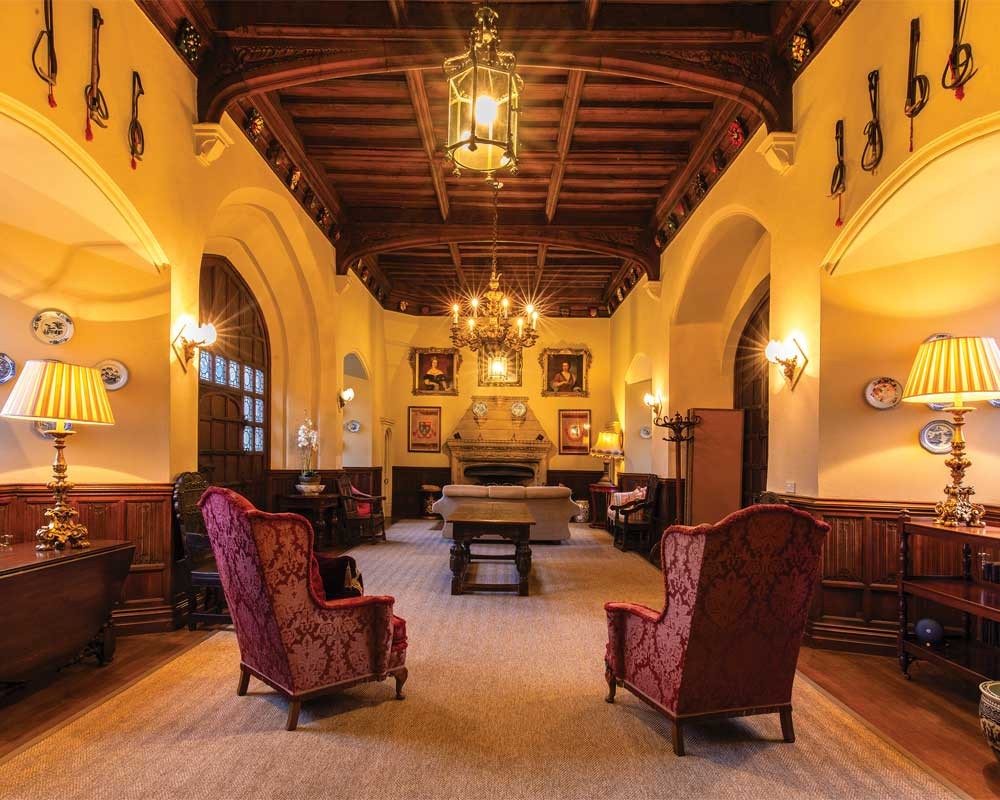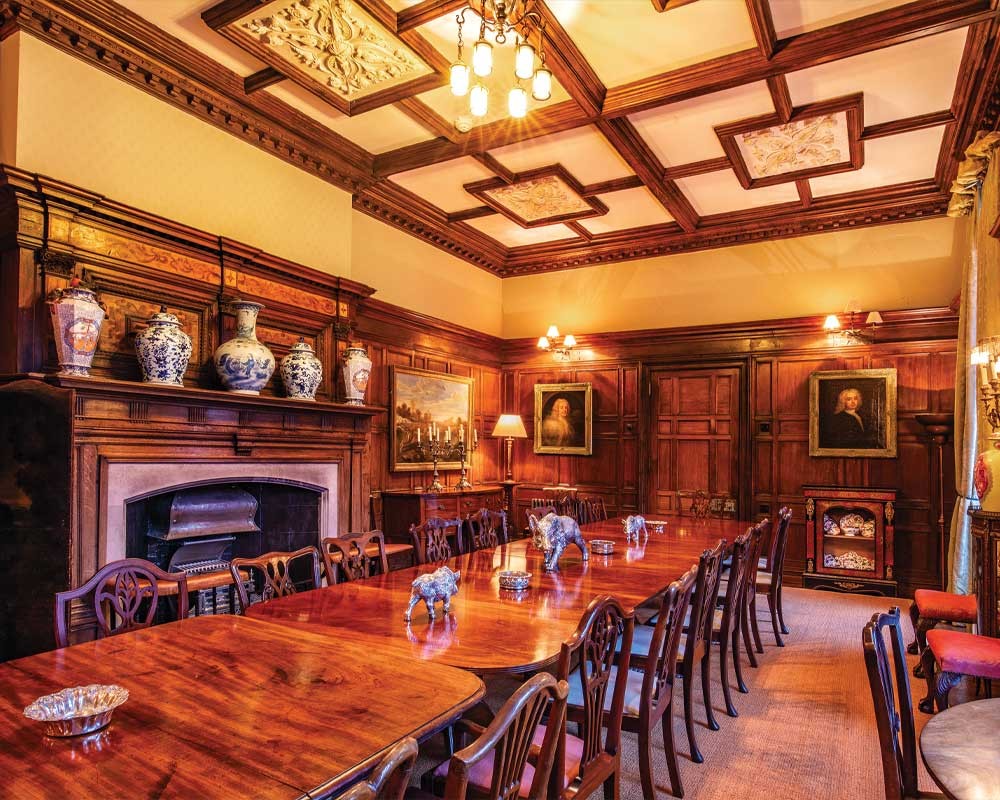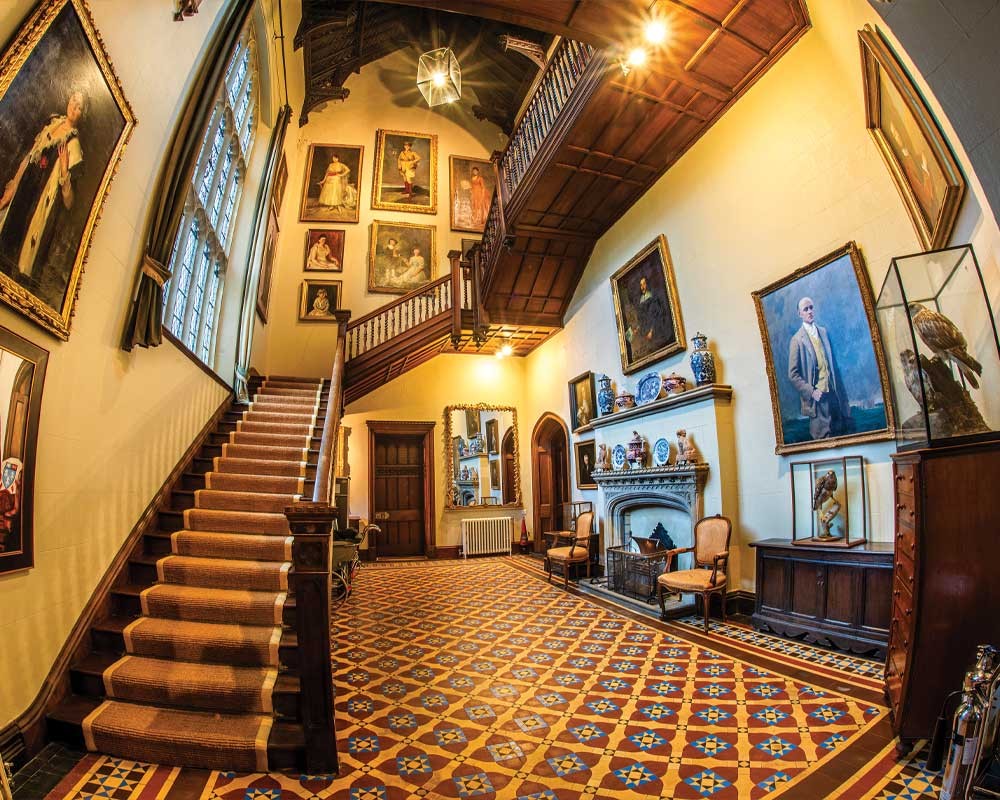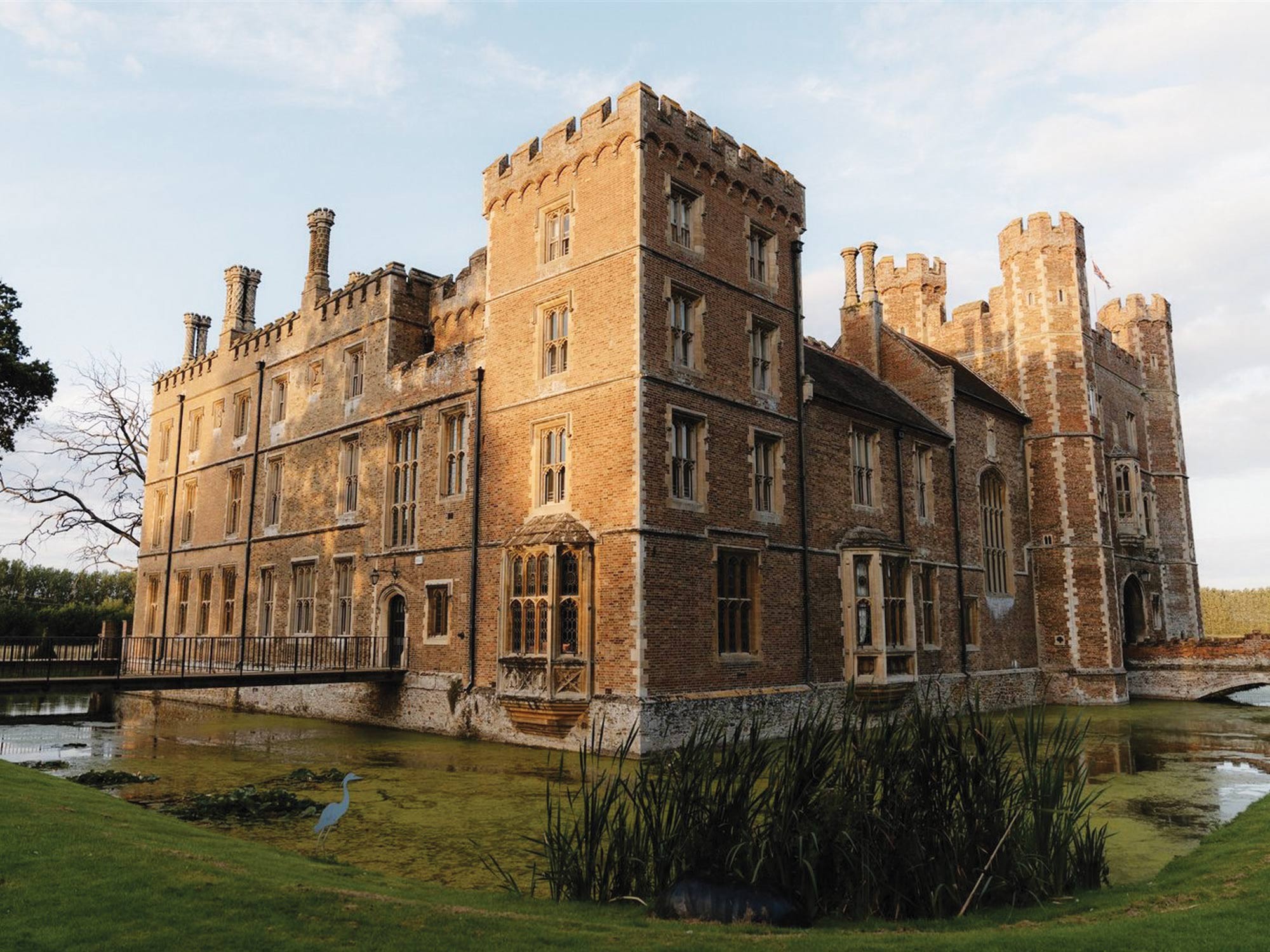
The story of spectacular Middleton Castle
Exquisite, imposing and brimming with atmosphere, Middleton’s historic moated manor house is one of our county’s most captivating countryside gems
Set in a stunning estate amongst an expanse of idyllic Norfolk countryside, Middleton Castle is a true picture of magnificence. Replete with striking polygonal turrets, embattled parapets and elegant interiors, the grand moat-encircled manor boasts a history as rich as its architecture.
Construction of the original property is thought to have commenced around 1455 for Thomas, seventh Lord Scales. However, the only substantial remnant of his work is the gatehouse - which has been restored.
Lord Scales was an influential 15th century figure who played a prominent part in the Wars of the Roses. He likely set out to build an impressive edifice to replace Middleton’s earlier manor, though there’s no evidence to suggest his original vision was brought to a successful conclusion. Scales was denied the chance to complete his rural retreat following his brutal murder in July 1460. Having bravely taken control of the Tower of London for the Lancastrian King Henry VI, he was captured and killed by Yorkist wherrymen whilst fleeing when the building was besieged.
It’s thought the house was finished by his daughter Elizabeth Scales and her husband Anthony Woodville, whose family coat of arms appears above a fine central oriel window on the south face of the gatehouse.
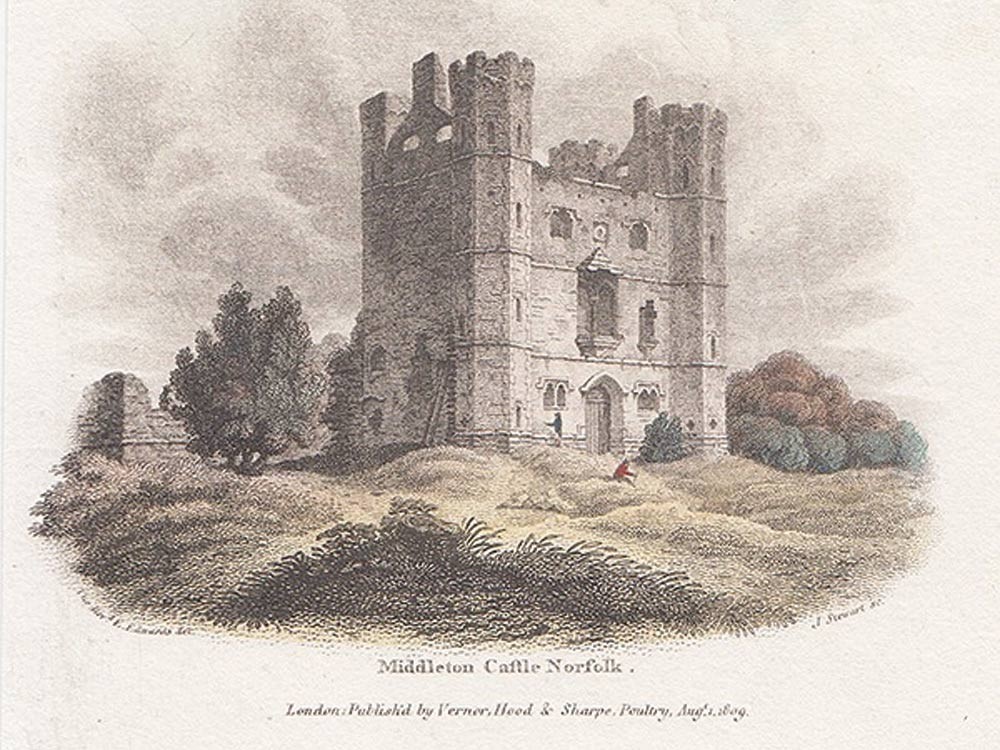
Standing roughly 60ft high and 50ft wide, the splendid Middleton gatehouse is an outstanding example of 15th century brickwork. It may be compared with the grand Caister Castle and Oxburgh Hall in Norfolk as well as the iconic Reginald Ely’s gatehouse at Queens College, Cambridge.
When Anthony Woodville’s sister married Edward IV in 1464, the King showered honours upon the family and he became Earl Rivers. Woodville’s will refers to his ‘manor of Middleton’ along with other land inherited through his wife, who died without issue in 1473.
However, like Thomas Scales, Woodville’s ownership of Middleton ended abruptly when he met a murderous fate. In 1483, he was captured and beheaded at Pontefract Castle in Yorkshire by order of Richard Duke of Gloucester (later Richard III) as part of his path towards kingship. The terms of Woodville’s will were set aside by the new King, who granted the manor to his loyal supporter John Howard, first Duke of Norfolk.
When Howard died two years later in the Battle of Bosworth, Middleton passed to his daughter Elizabeth Howard and her husband John de Vere, Earl of Oxford. In the course of less than 30 years, the ancient gatehouse and its associated buildings passed into four of the greatest families in England – Scales, Woodville, Howard and de Vere.
The de Veres held the manor for almost 150 years before they sold it in 1622, after which it passed through several hands in quick succession.
By 1700 the manor was probably derelict. Prints of drawings from the 18th and early 19th centuries depict the gatehouse standing at its full height but roofless, with fragments of a fallen building on its left. One historic engraving by artist William Millicent shows the structure as a romantic ivy-clad ruin. This must have been made before 1741; King’s Lynn’s Church of St Margaret is visible in the far distance, shown with the spire which fell in the great gale of that year.
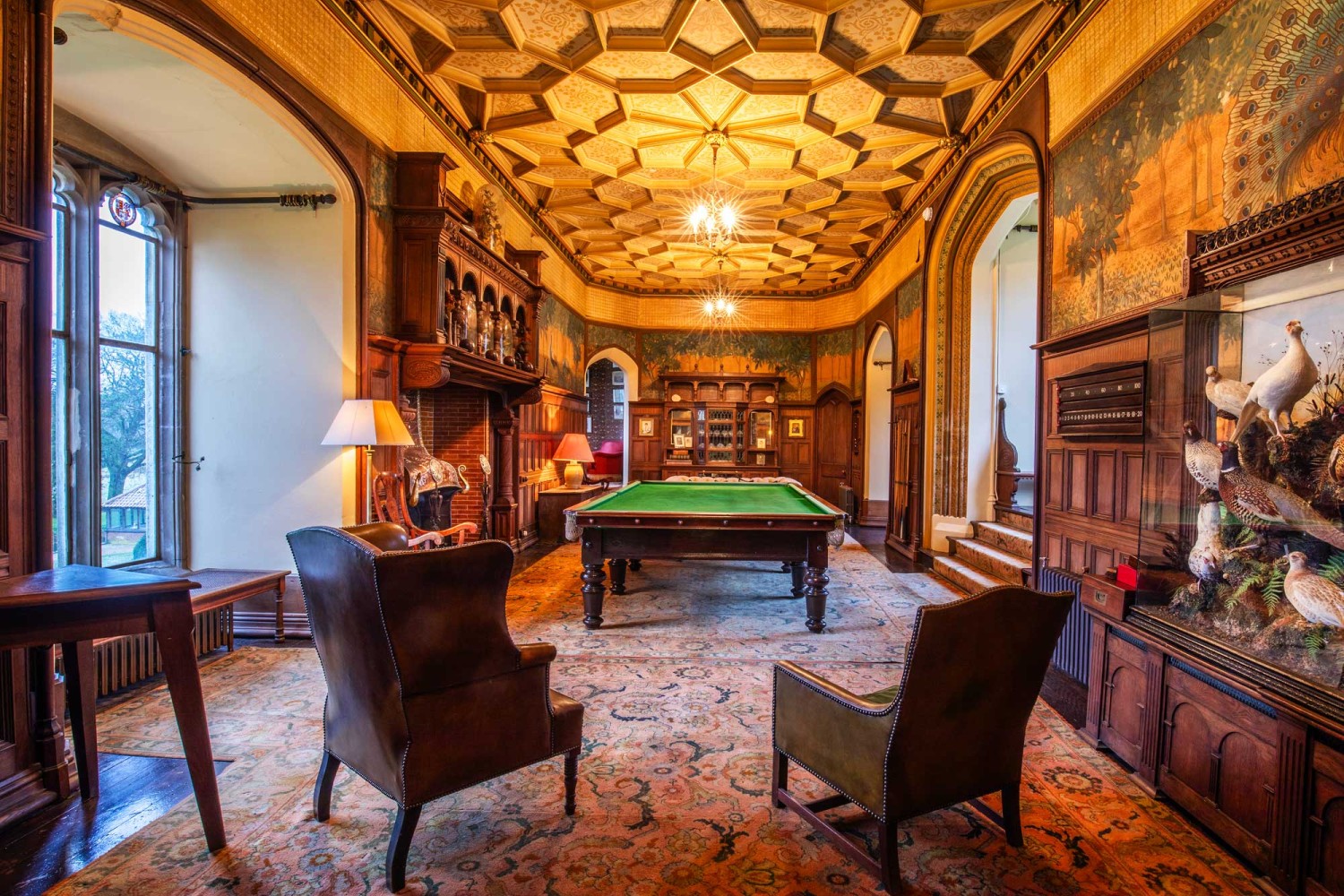
It was not until Victorian times that Middleton was restored to some of its former glory. The property was purchased by the King’s Lynn Banker and MP – Sir Whincop Lewis Jarvis in 1855, who embarked on a major renovation project the following year. He added an extensive wing, with the work completed in brick and battlemented in the mid-Victorian fashion. Following his death in 1888, the property was acquired in 1892 by the Yorkshire industrialist George Watkinson and thence to his daughter Fanny Ramsden – who made several further additions. The Ramsdens constructed a west wing in 1905 and spent large sums enhancing the interiors, panelling several rooms and restoring elements of the building’s baronial atmosphere.
Thomas Ramsden succeeded to the manor, which passed to his daughter Mrs Timothy Barclay in 1960. It remains in the Barclay family today, reclaiming its original identity as ‘Middleton Castle.’
Now available to rent as a luxurious countryside retreat, Middleton Castle is a truly breathtaking piece of Norfolk’s past. The building boasts an array of exquisite interiors, including 15 ornate bedrooms, an oak-panelled dining room and a grand staircase adorned with family portraits. A highlight is the beautiful billiards room on the first floor of the gatehouse, which features a painted frieze of peacocks above part panelled walls, a striking geometric ceiling and atmospheric décor reflecting the property’s use as a hunting residence.
An impressive landmark with a fascinating past, Middleton Castle is one of our county’s most spectacular historic gems; built for a lord and fit for a king.
